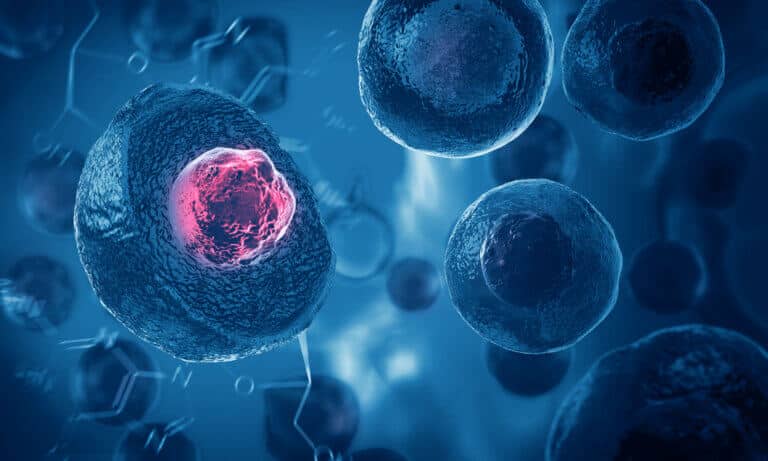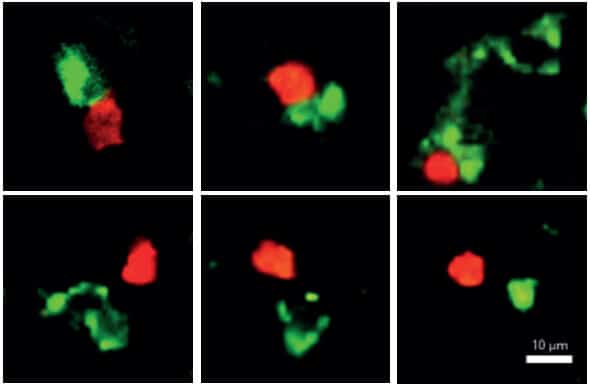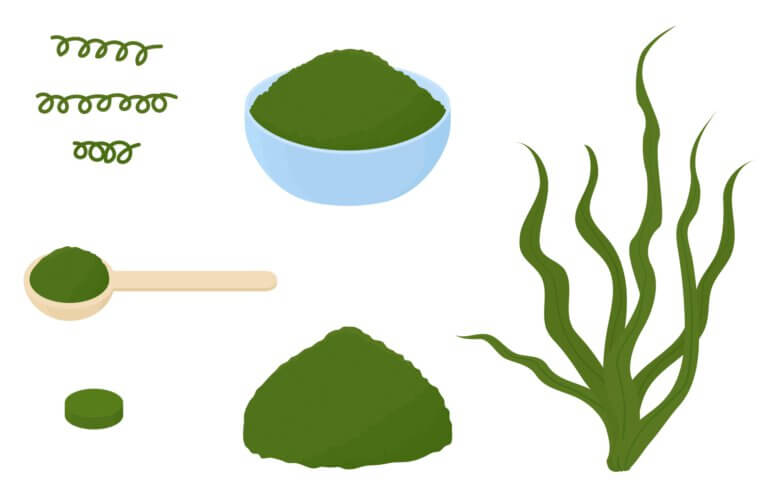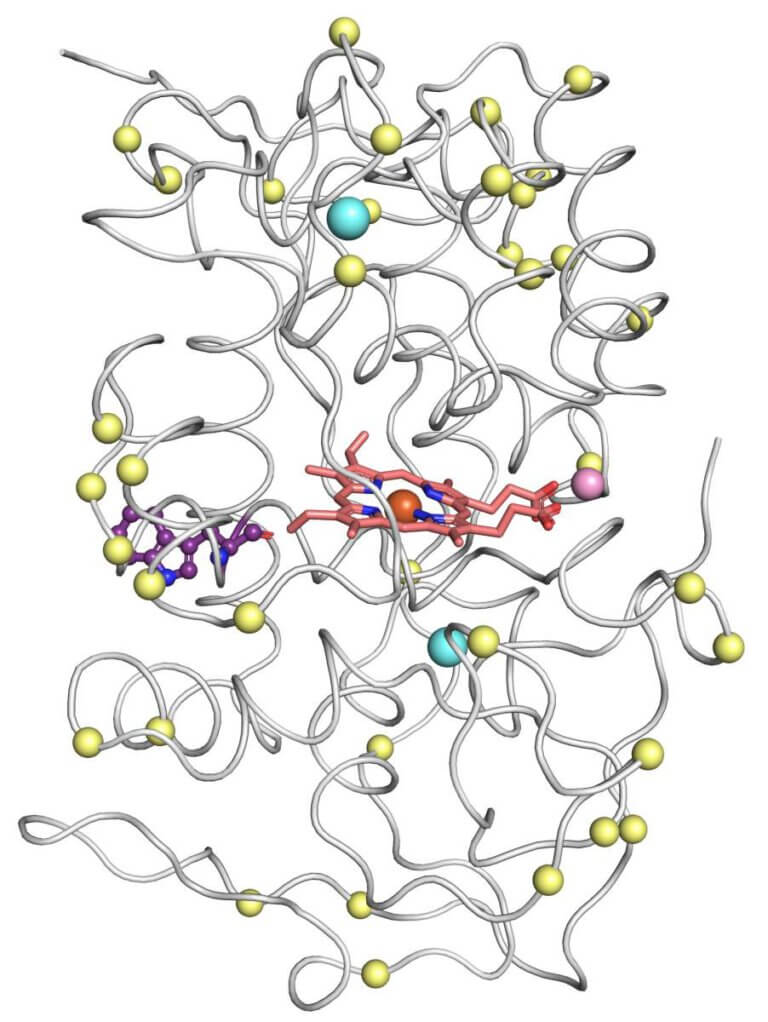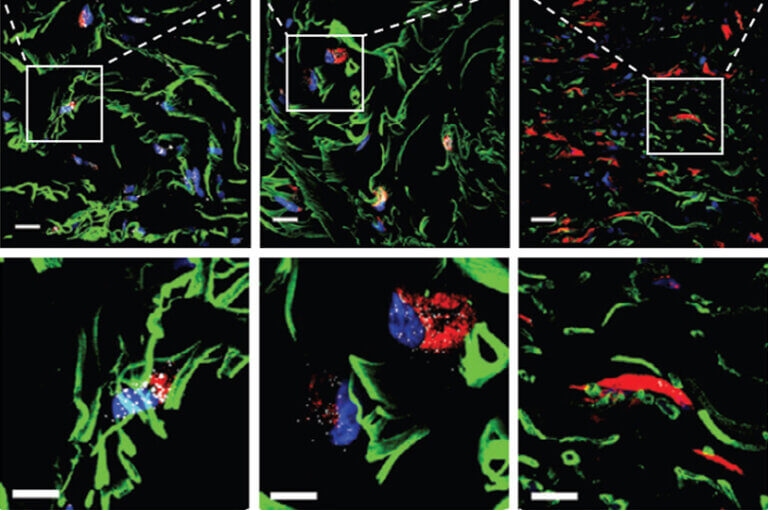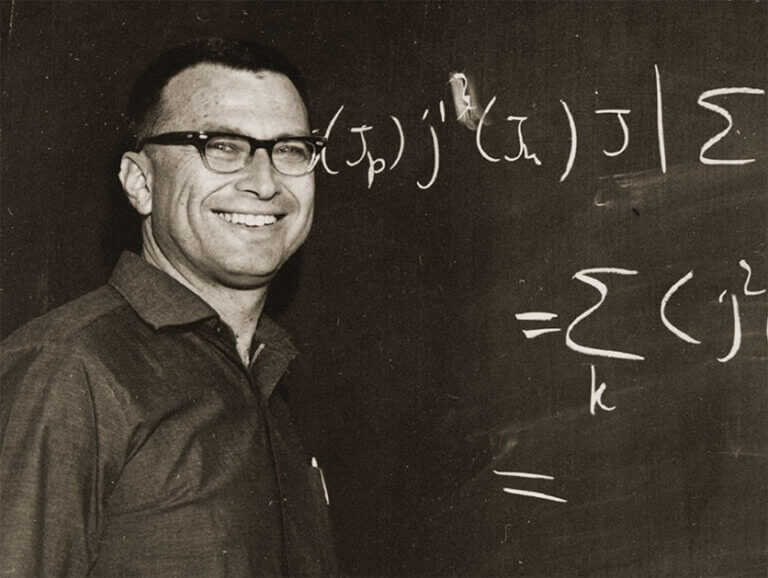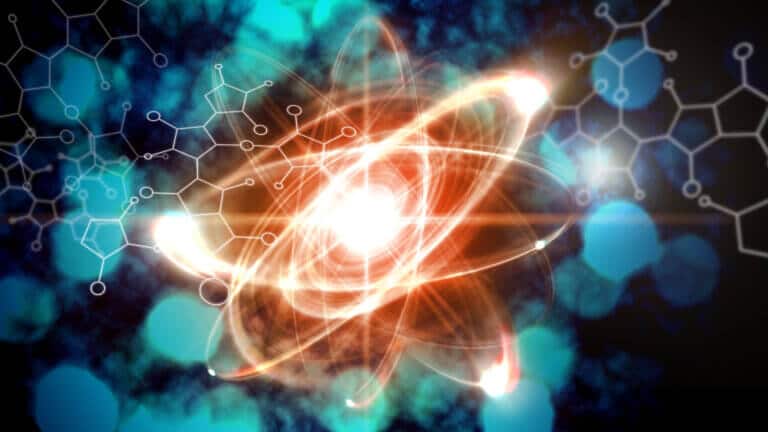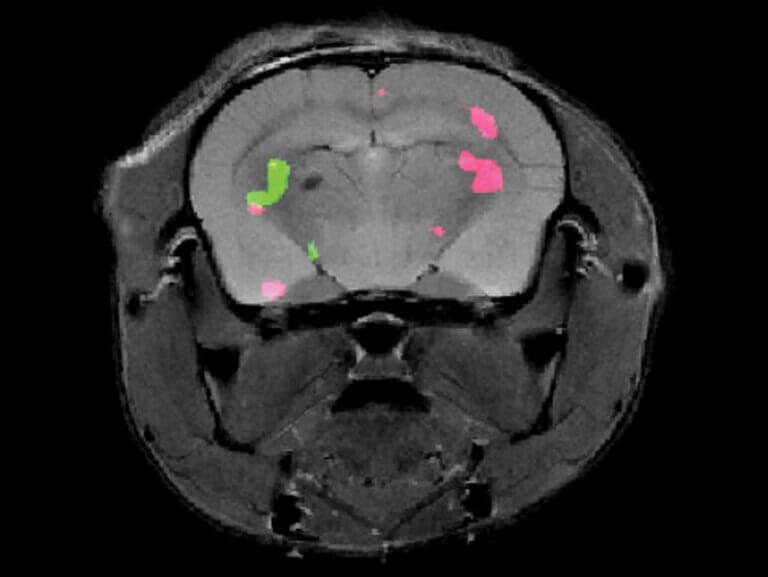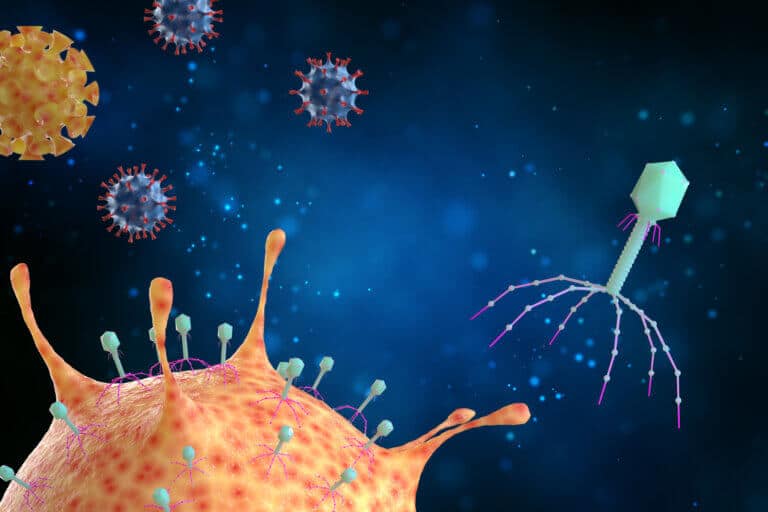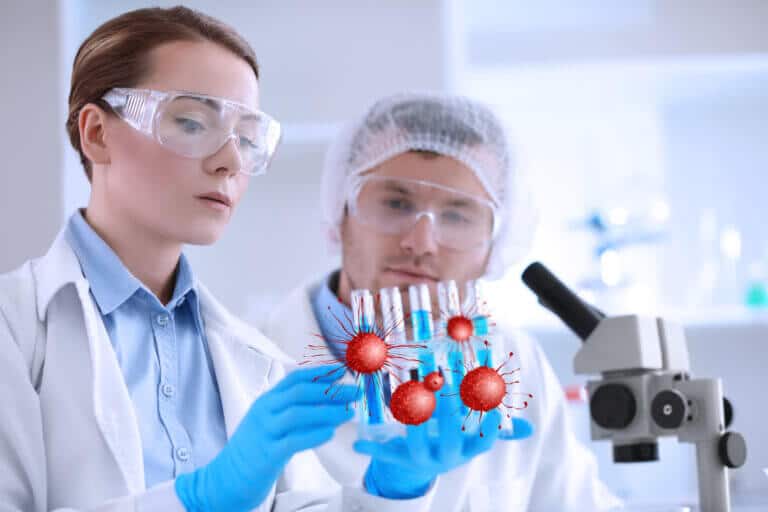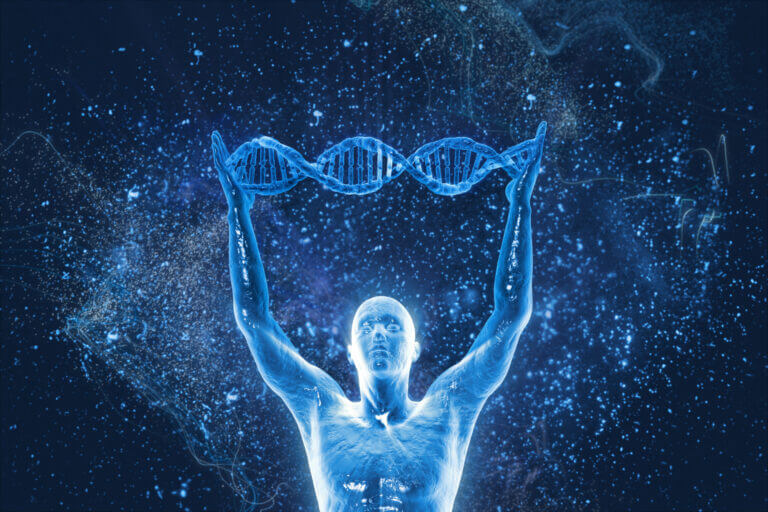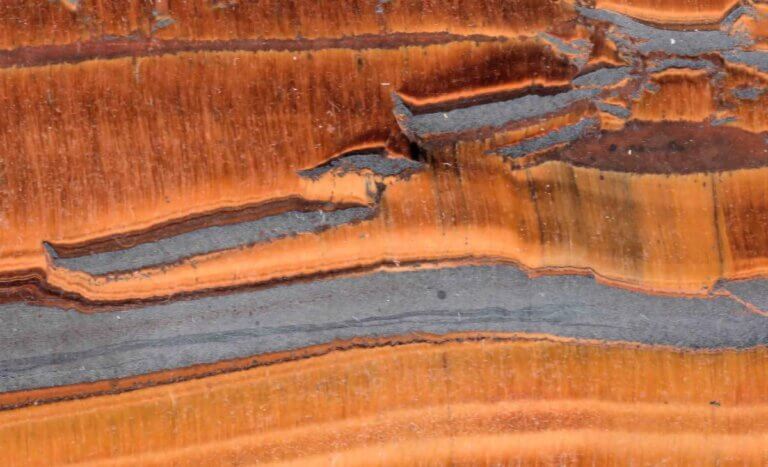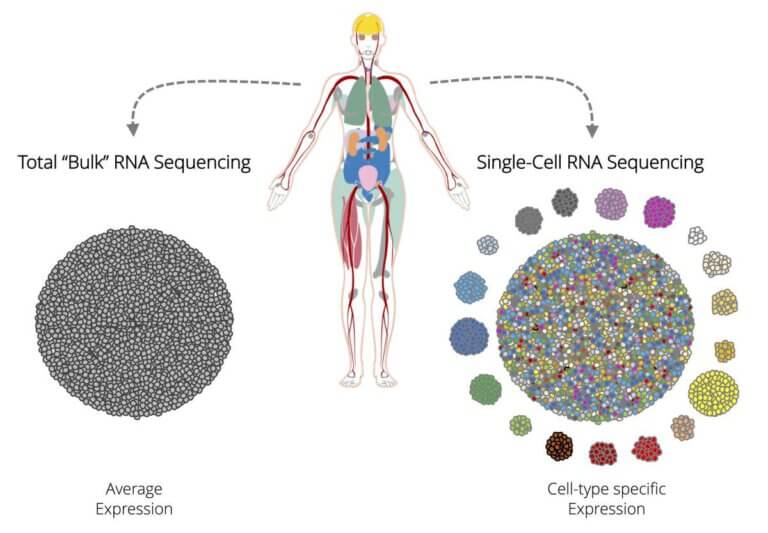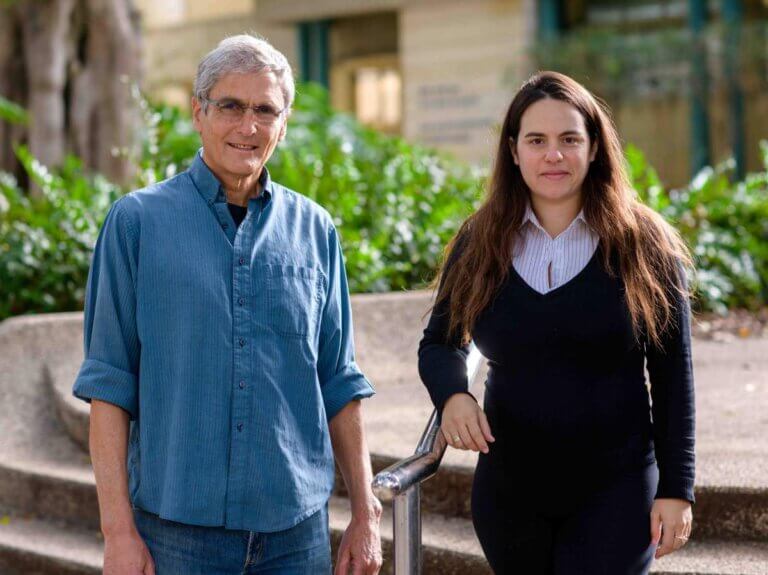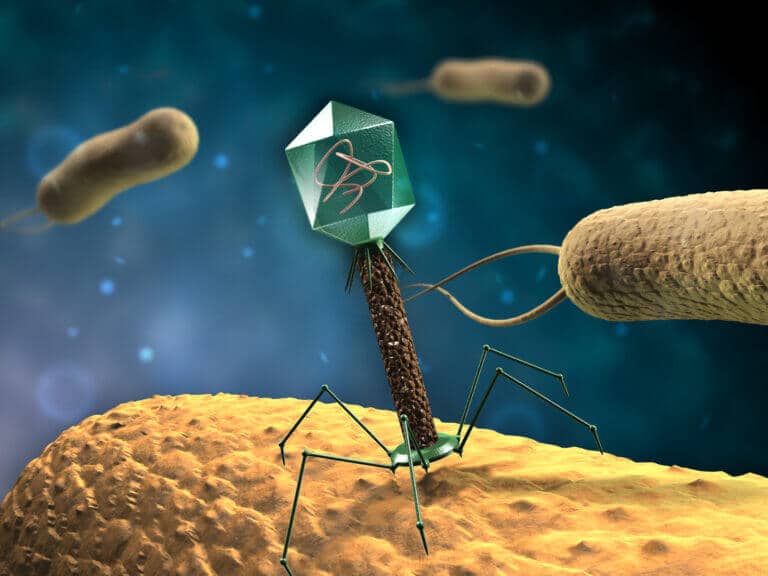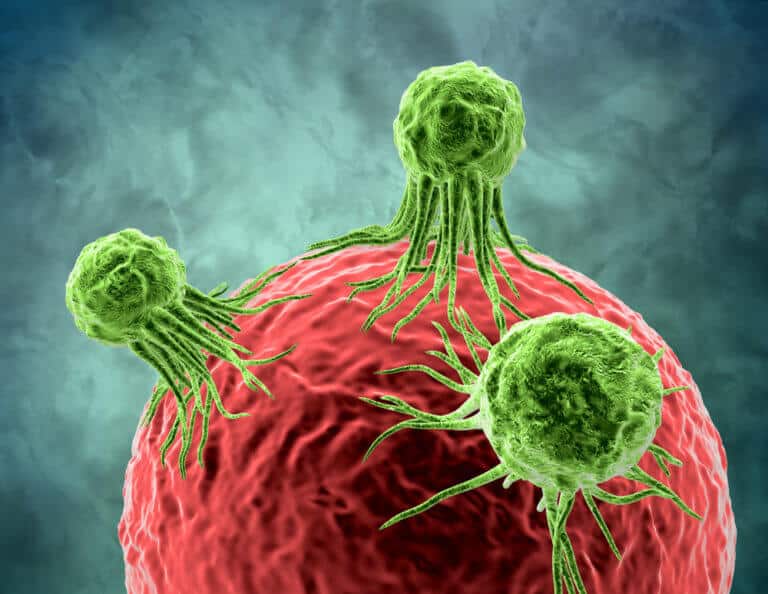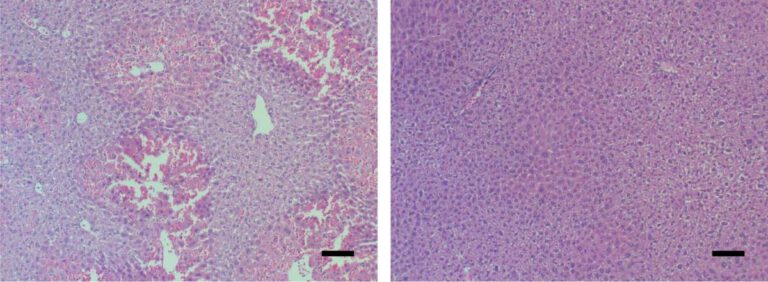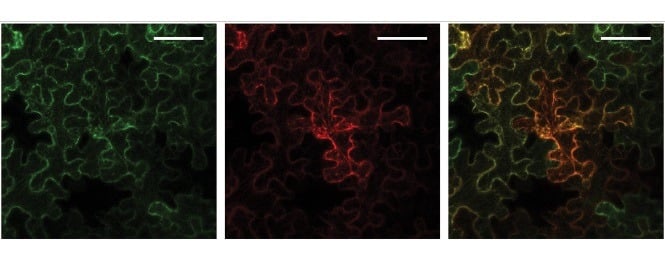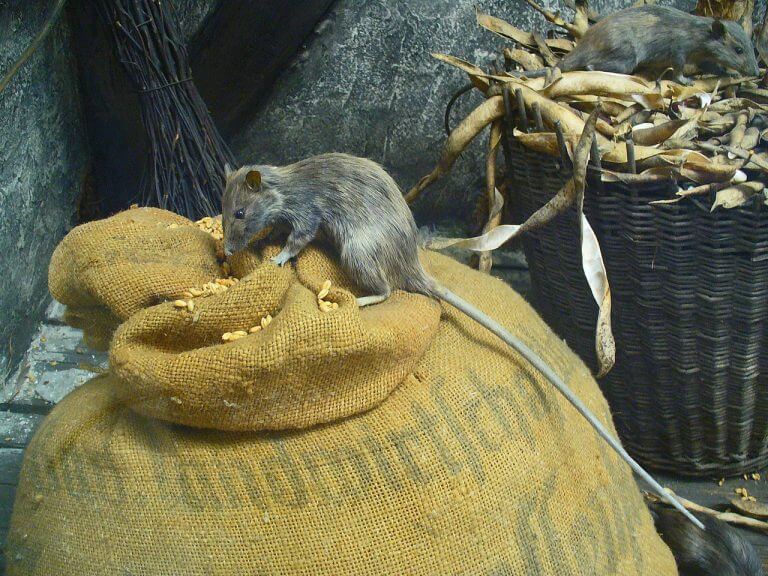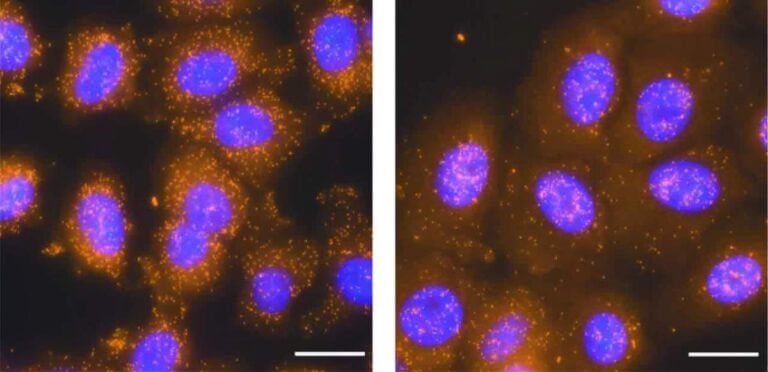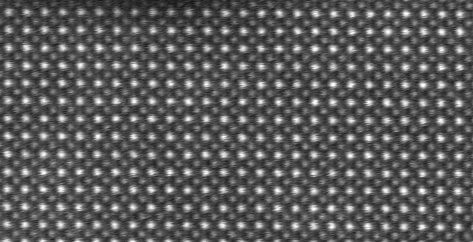Hayadan > Weizmann Institute
Weizmann Institute
- Weizmann Institute
- July 15, 2022
How can cells be returned to their initial and most powerful state?
- Weizmann Institute
- June 30, 2022
Weizmann Institute of Science scientists have uncovered a mechanism of the immune system that helps fight Candida infections
- Weizmann Institute
- April 29, 2022
When did unicellular algae become so nutritious - and how the change paved the way for an evolutionary leap
- Weizmann Institute
- April 17, 2022
A combination of artificial intelligence and protein design algorithms allows for the first time access to a gold mine: millions of natural proteins that can be used in a variety of environmental, medical and industrial applications
- Weizmann Institute
- April 5, 2022
Weizmann Institute of Science scientists in collaboration with Hadassah and Rambam doctors present a new road map for the study of diseases in which there is still much that is hidden on the open
- Weizmann Institute
- March 11, 2022
The butterfly hunter from the Jezreel Valley dreamed of studying biology, until he came across an old physics book and discovered that natural phenomena can be calculated with mathematical tools
- Weizmann Institute
- February 7, 2022
What was the first chemical entity that met the basic conditions for life?
- Weizmann Institute
- February 1, 2022
If it were possible, for example, to mark with colors the expression of genes in the cells of the body, vital biological processes that are now hidden from view would unfold before our eyes. The fluorescence revolution makes it possible to illuminate, in the full sense of the word, the activity occurring in the cells, but it does not allow observing the processes occurring in the depths of the body
- Weizmann Institute
- December 8, 2021
Nicotine and other compounds found in cigarettes penetrate the intestine through the bloodstream and change the composition of the intestinal bacteria and their products
- Weizmann Institute
- December 2, 2021
A defense mechanism discovered in bacteria may make it possible to improve the resistance of agricultural crops to pests
- Weizmann Institute
- October 17, 2021
The method that may make the new generation of cancer treatments accessible to more patients
- Weizmann Institute
- April 11, 2021
A new method makes it possible to locate points of similarity between gene control molecules of different species - from lizards to humans - and thus reveal essential sections that have been preserved throughout evolution
- amcohen
- February 27, 2021
By tracing the evolution of proteins, Weizmann Institute of Science scientists have charted the history of oxygen availability on Earth and solved a long-standing scientific puzzle
- The Hebrew University
- February 23, 2021
- 50 תגובות
A group of international researchers, including from the Hebrew University and the Weizmann Institute, discovered the particle that arrived following an emission event that occurred in 2019
- Weizmann Institute
- February 16, 2021
- No comments
The tentacles, relatives of the mosquitoes, have a strange wedding custom, they choose their spouse in a huge swarm of tentacles and yet continue to stick together. A new study managed to decipher the phenomenon
- Weizmann Institute
- January 29, 2021
From the brain to the adrenal glands - scientists from the Weizmann Institute of Science and the Max Planck Institute have mapped the entire "stress axis" and shown how chronic stress affects and changes these tissues at the individual cell level. The scientists discovered a new subpopulation of endocrine cells involved in regulating the response to chronic stress
- Weizmann Institute
- January 17, 2021
- Weizmann Institute
- November 7, 2020
- 6 תגובות
Besides solving a 36-year-old mystery, Weizmann Institute of Science scientists have identified thousands of types of these components, which may be used in gene editing
- Weizmann Institute
- November 2, 2020
A group of scientists at the Weizmann Institute of Science recently investigated what happens to cellular memory in cancer. Their findings illustrate how "memory loss" may affect the course of malignant diseases
- Weizmann Institute
- October 31, 2020
Weizmann Institute of Science scientists revealed the discovery and outlined a path for future treatment
- Weizmann Institute
- October 29, 2020
A new study by Weizmann Institute of Science scientists and their research partners in the USA indicates that at least some of the water on the moon may be trapped in much more accessible places - in pits and small depressions.
- Weizmann Institute
- October 3, 2020
In a new study, Weizmann Institute of Science scientists revealed the chain of biochemical reactions responsible for the production of saponins in plants, and discovered that it includes a surprising case of molecular "hijacking". The scientists even recorded an achievement in the field of synthetic biology: they restored the chain in its entirety through genetic engineering
- Weizmann Institute
- September 20, 2020
- No comments
- Weizmann Institute
- September 7, 2020
- No comments
The "export" of RNA from the cell nucleus - a necessary process in the creation of proteins and the existence of life in a cell with a nucleus - was previously considered to be uniform and fast. In a new study, Weizmann Institute of Science scientists revealed that there are at least two pathways for RNA export, and that the cell can inhibit certain RNA molecules in the nucleus, while others go out into the cell fluid in the fast and familiar pathway
- Weizmann Institute
- August 10, 2020
- 2 תגובות

